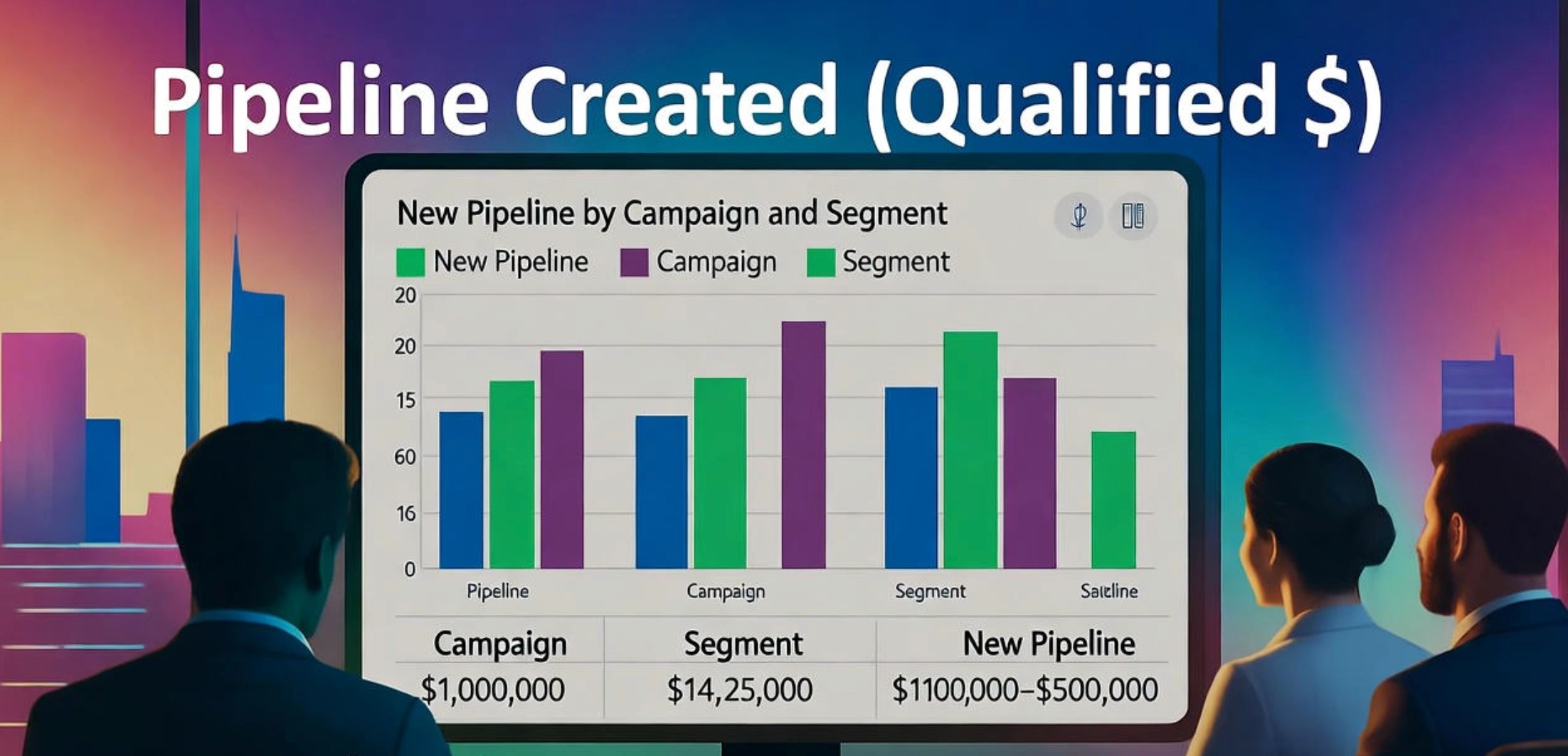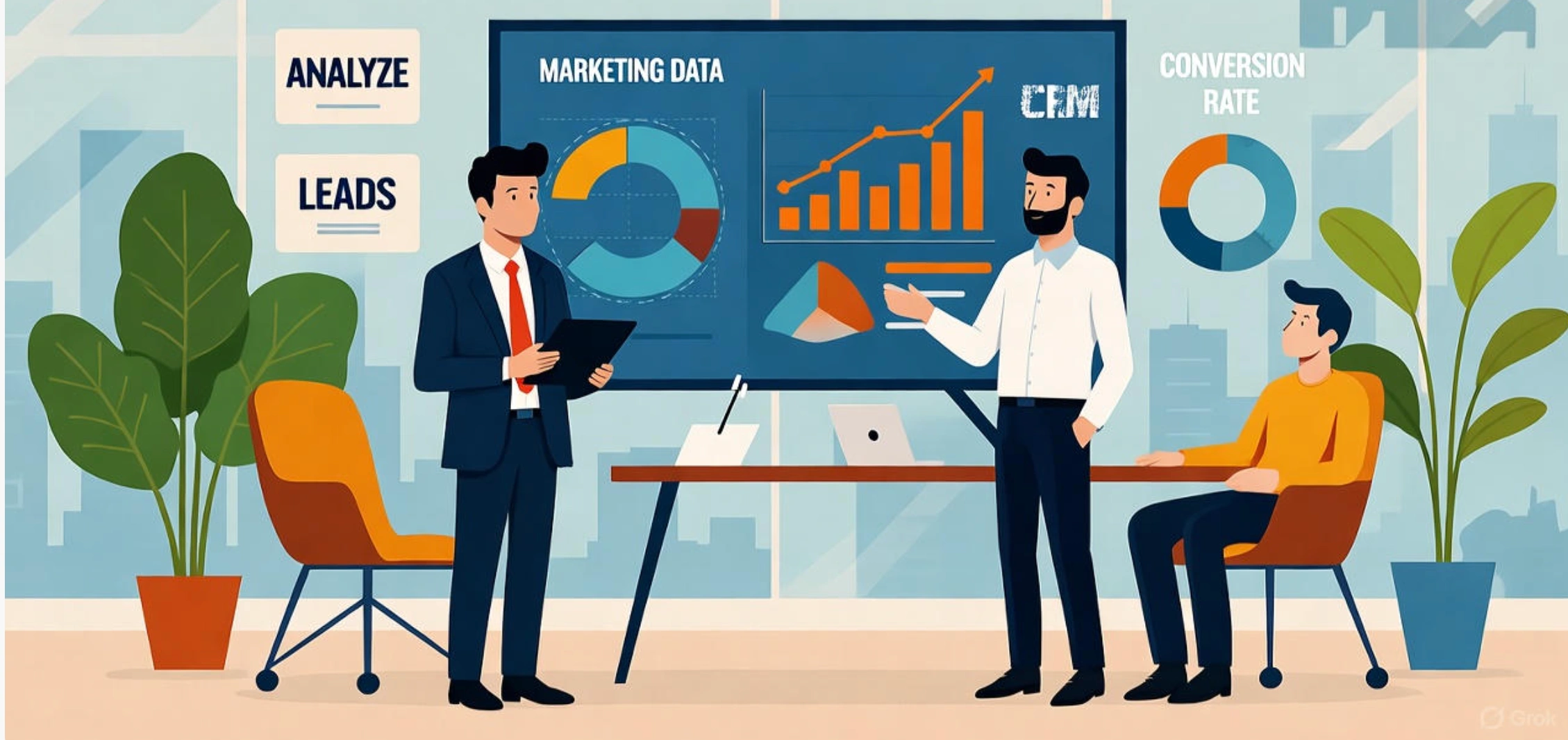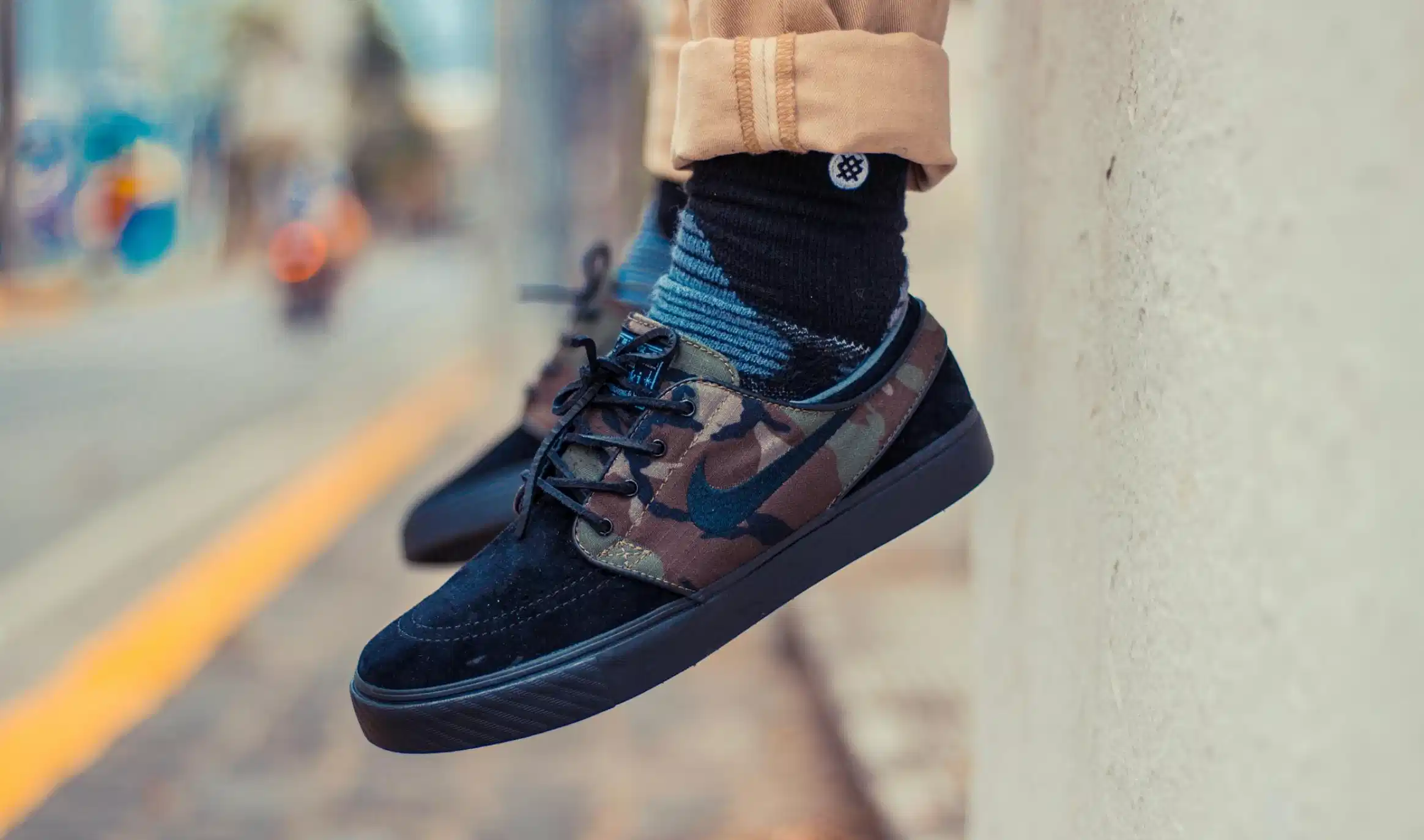10 Essential Marketing Metrics You Should Track (But Probably Aren’t)
Updated on
Published on
.webp)
Dashboards overflow with clicks and impressions, but the marketing metrics to track are the ones that predict cash, not noise. Below are ten marketing KPIs—each explained in plain English with a formula mindset, pitfalls to avoid, and credible sources. Use them as the marketing metrics to follow weekly so you can Measure Marketing ROI with confidence.
At-a-Glance
- CAC Payback Period: Months to recover CAC from gross margin.
- LTV:CAC by Cohort: Real unit economics, not averages.
- Incremental Lift: What spend truly adds beyond last-click.
- MER / Blended ROAS: Revenue ÷ total marketing spend.
- Pipeline Created ($): Qualified opportunities, not leads.
- Lead Velocity Rate (LVR): MoM growth of qualified demand.
- Share of Search: Branded demand as a brand-health proxy.
- Branded vs. Non-Branded Mix: Capture + create demand.
- Assisted Conversions & Path Length: Who helps close.
- Core Web Vitals → Conversion: Speed and stability = revenue.
1) CAC Payback Period
The quickest health check for growth: CAC Payback Period tells you how many months of gross margin it takes to recover customer acquisition cost. Shorter payback = faster reinvestment and lower risk as you scale. Track by channel and offer; align CAC inputs (media, fees, sales variable comp) with finance so the number you present is the number the CFO believes. Action: Payback = CAC ÷ (Monthly Gross Margin per Customer); report by cohort and channel. (Corporate Finance Institution)
- Action: Payback = CAC ÷ (Monthly Gross Margin per Customer); report by cohort and channel.
- Guardrail: If payback lengthens while revenue stays flat, pause and reallocate until you Measure Marketing ROI credibly.

2) LTV:CAC by Cohort
A strong LTV:CAC ratio means your acquisition engine earns more over time than it costs to acquire—simple idea, tricky in practice. Average LTV lies; measure it by cohort so discounts, returns, and churn are captured honestly. For subscription or repeat businesses, most operators benchmark ~3:1 as a healthy threshold, but the mix of margin and retention matters more than the headline ratio (Harvard Business Review—CLV refresher).
- Action: Compute LTV (retention × margin × ARPU) by acquisition month, then divide by CAC for that cohort.
- Guardrail: If LTV:CAC < 2:1 on a channel, fix retention or CAC before you scale those marketing KPIs.
3) Incremental Lift (not just last-click)
Last-click rewards the harvest (brand search/retargeting) and starves the farm (upper/mid-funnel). Incremental lift—via geo holdouts, conversion-lift tests, or MMM—shows what spend truly adds beyond the baseline. Run lift on your “can’t-live-without” campaigns quarterly and reallocate to the winners; you'll find some channels aren't truly incremental.
- Action: Report “Cost per Incremental Conversion” and “Lift per $1K” as marketing metrics to track.
- Guardrail: If last-click looks great but lift is near zero, you’re paying for activity, not outcomes.

4) Marketing Efficiency Ratio (MER / Blended ROAS)
MER = Total Revenue ÷ Total Marketing Spend. It’s the cross-channel truth serum that keeps your team from celebrating one channel’s ROAS while total revenue stalls. Track MER weekly, and explain changes with concrete drivers (pricing, promos, seasonality). Pair MER with margin so you don’t “win” by selling unprofitable volume (HubSpot—State of Marketing 2024).
- Action: Add MER and Gross Margin % to the same chart to Measure Marketing ROI honestly.
- Guardrail: Rising channel ROAS with falling MER = attribution drift, not real growth.
5) Pipeline Created (Qualified $)
Clicks don’t pay salaries; qualified pipeline does. For B2B, tie every program to Pipeline Created ($) with clear stage definitions (e.g., MEDDIC/BANT) and original source tracking in CRM. Marketing and sales alignment improves dramatically when pipeline and opportunity progression are the primary marketing KPIs both teams share (Salesforce—State of Marketing).
- Action: Report new pipeline by campaign and segment; target 3× next-quarter quota coverage.
- Guardrail: If leads rise while pipeline stagnates, your “marketing metrics to follow” are rewarding the wrong behaviors.

6) Lead Velocity Rate (LVR)
LVR measures the month-over-month growth rate of qualified leads—an early signal for future pipeline. Track it for MQLs/SQLs that reps would actually call, not downloads. If LVR is positive three months in a row and meeting-set rate holds, you’ve got momentum worth funding; if not, fix targeting or offer before adding budget (HubSpot—pipeline growth insights).
- Action: LVR = (Qualified leads this month − last month) ÷ last month; chart MQL→SQL→Meeting→Opp.
- Guardrail: Celebrate LVR only when downstream conversion stays stable—velocity without quality burns cash.
7) Share of Search (SoS)
Share of Search (your branded search volume ÷ category total) is a leading indicator of market share because it tracks mental availability at scale. When your brand campaigns or PR land, SoS should lift; if not, your creative or reach isn’t penetrating. Use Google Trends, track you vs. 2–3 rivals, and monitor 12-month rolling averages to smooth volatility (LinkedIn B2B Institute—Share of Search).
- Action: Add SoS to your brand report—one of the best marketing metrics to track for upper-funnel impact.
- Guardrail: Validate SoS movements with directional sales or pipeline in the same regions.

8) Branded vs. Non-Branded Demand Mix
Healthy growth increases non-branded demand (category/problem queries) while protecting branded captures (bottom-funnel). In Search Console, split queries by brand terms and track impressions, CTR, and position. Google’s people-first content guidance is your north star here: answer the whole question well, cite sources, and structure content for scanning (Google Search Central—Helpful Content).
- Action: Report non-brand impressions and CTR alongside brand clicks—true marketing metrics to follow.
- Guardrail: If non-brand grows but CTR drops, you’re mismatching intent or title/description.
9) Assisted Conversions & Path Length
Most customers touch multiple assets before buying; assisted conversions show which channels help, and path length shows how hard you’re making people work. In GA4, use Conversion Paths and Model Comparison to see who assists and by how much; fund channels that shorten paths or raise close rates (Google Analytics 4—Conversion Paths).
- Action: Create an “Assist Index” per channel and tie budget to reducing average path length.
- Guardrail: Killing assist channels may lift short-term ROAS and crush total conversions later.

10) Web Experience Quality (Core Web Vitals → Conversion)
Site experience is revenue. On mobile, 53% of visits abandon if a page takes longer than 3s to load, so performance is a conversion lever as much as an SEO one. Track Core Web Vitals—LCP ≤ 2.5s, INP ≤ 200ms, CLS ≤ 0.1—and connect improvements to conversion-rate and revenue lift to truly Measure Marketing ROI (Think with Google).
- Action: Compress to WebP/AVIF, defer non-critical JS, set width/height to prevent layout shift.
- Guardrail: Regressions in CWV often show up as rising bounce and lower add-to-cart—watch both together.
FAQ
Which marketing metrics to track first?
CAC Payback, LTV:CAC, MER, Pipeline Created—fastest view to Measure Marketing ROI.
How often should I review these marketing KPIs?
Weekly for CAC Payback, MER, LVR; monthly for Share of Search and assisted paths.
What if attribution is messy?
Run lift tests and track MER; use cohort LTV:CAC to validate channel claims.
How do I tie web speed to revenue?
Monitor Core Web Vitals alongside conversion rate and AOV; improvements should lift both.
What proves brand work is working?
Rising Share of Search and non-brand demand with steady CTR and pipeline growth.
From Vanity to Velocity
When you replace vanity stats with velocity signals, the marketing metrics to follow become a flywheel: pay back CAC faster, compound LTV, raise MER, and turn brand demand into pipeline. Track these ten marketing KPIs consistently and you’ll Measure Marketing ROI with conviction—and invest where it multiplies.







